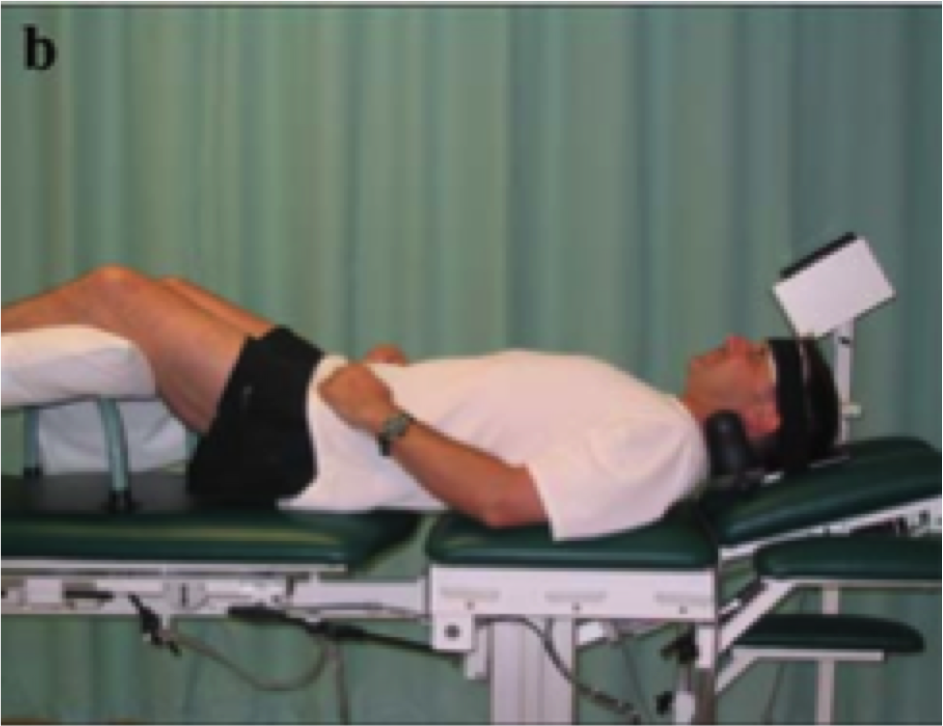Arm pain referred from the cervical spine (cervical radiculopathy) often is the result of nerve root compression by either bone or soft tissue in the bony canals of the neck. These canals protect the nerve roots as they exit from the spinal cord, but can also compress these neural structures leading to pain, numbness, pins and needles, or weakness in the arm and hand. Physical Therapy interventions including manual therapy and exercise designed to optimize motion and reduce abnormal nerve contact have been shown to reduce pain and improve function in patients with neck and arm pain. Another form of treatment, mechanical traction, has previously been shown to help in subsets of patients with neck and arm pain. A recent systematic review examined the available evidence behind using traction for neck and arm pain.
In the journal Physical Therapy, researchers analyzed the available data on mechanical traction and patient’s with cervical radiculopathy (Romeo et al. 2018). Authors included 5 studies in the review and found both manual and mechanical traction improved pain in the short term. Mechanical traction was shown to improve disability at intermediate follow up periods. The authors concluded manual or mechanical traction may be helpful when combined with other Physical Therapy interventions in the short term. Conversely, traction has a smaller effect at improving patient function.
Consistent with our treatments, manual traction is best utilized as part of an effective short term program to reduce the symptoms of cervical radiculopathy. Higher level exercises should be utilized once the symptoms are reduced to optimize patient function and prevent recurrence.

